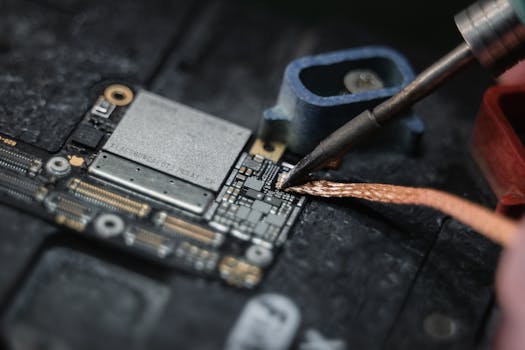SSD vs RAM: Which Upgrade Should You Prioritize?
9/23/2025 · Upgrades · 6 min

TL;DR
- For general snappiness and much faster boot and app load times, an NVMe SSD is the most noticeable upgrade from a hard drive.
- If you run many browser tabs, virtual machines, photo or video editing apps, or heavy multitasking, adding RAM is higher priority.
- If you have less than 8 GB of RAM, upgrade to 16 GB before spending on storage. If you already have 16 GB, an NVMe SSD will make the system feel much faster.
- Budget recommendations:
- Everyday users on a budget: 256 GB NVMe + 8 to 16 GB RAM.
- Power users and creators: 1 TB NVMe + 32 GB RAM.
- Gamers: 500 GB NVMe + 16 GB RAM.
How each upgrade affects everyday use
- Storage (NVMe SSD): Faster boot, faster app launch, quicker file copy, reduced level load times in games, and better overall system responsiveness when swapping or reading large files.
- RAM: Allows more apps and browser tabs to stay open without swapping. Improves performance in memory heavy tasks such as photo editing, large spreadsheets, and virtual machines.
When to prioritize SSD
- Your system still uses a hard disk drive. Replacing it with an NVMe SSD is the single biggest feeling upgrade for most users.
- You notice long boot times, slow app launches, or frequent disk activity light even with light tasks.
- You need faster load times in games and apps that stream assets from storage.
When to prioritize RAM
- You routinely use more RAM than installed. Check task manager or activity monitor: if free RAM is low and swap usage is high, add RAM.
- You run virtual machines, large datasets, or heavy creative apps that list high memory usage.
- Your storage is already an SSD and you still see slowdowns due to high memory pressure.
How much RAM do you need?
- 8 GB: Minimal for modern Windows workloads; good for light web browsing and office work.
- 16 GB: Sweet spot for most users, including light content creation and gaming.
- 32 GB+: Recommended for heavy photo and video editing, large virtual machines, and professional workloads.
NVMe vs SATA SSD in this comparison
- NVMe: Much faster sequential and random read and write speeds. Better for boot, app load, and file operations.
- SATA SSD: Still a big upgrade over HDD and often cheaper per gigabyte. Fine if the motherboard lacks an M.2 slot or you need cost effective capacity.
Cost and upgrade paths
- Cheapest path to a faster feeling PC from an HDD is a SATA SSD. If your machine supports NVMe, aim for budget NVMe for best value.
- RAM prices vary. If you have only one slot occupied, consider matching kit specs when adding memory to avoid compatibility issues.
- For laptops, check that the RAM is user upgradeable. Many thin laptops solder RAM, so storage might be the only practical upgrade.
Real world examples
- Older dual core laptop with 4 GB RAM and HDD: Add an NVMe or SATA SSD first, then upgrade RAM to 8 or 16 GB if possible.
- Gaming desktop with 16 GB RAM and HDD: NVMe will cut load times and improve install times; keep 16 GB unless you do streaming or content creation.
- Content creator laptop with 16 GB RAM and NVMe: If you edit 4K video or large photo libraries, moving to 32 GB RAM yields better timeline performance.
Quick checklist before buying
- Check current RAM usage and swap activity.
- Confirm whether RAM is soldered in laptops.
- Verify available M.2 slots or 2.5 inch bays and the supported interface.
- Match RAM speed and latency where possible when mixing modules.
- Consider capacity needs: 256 to 512 GB for most users, 1 TB plus for creators and large game libraries.
Bottom line
If you are upgrading from an HDD, prioritize an SSD for immediate snappiness gains. If your storage is already an SSD and you experience heavy multitasking or memory pressure, add RAM. Aim for 16 GB as a general sweet spot, and pair that with an NVMe SSD when budget allows for the best balance of speed and capacity.
Found this helpful? Check our curated picks on the home page.